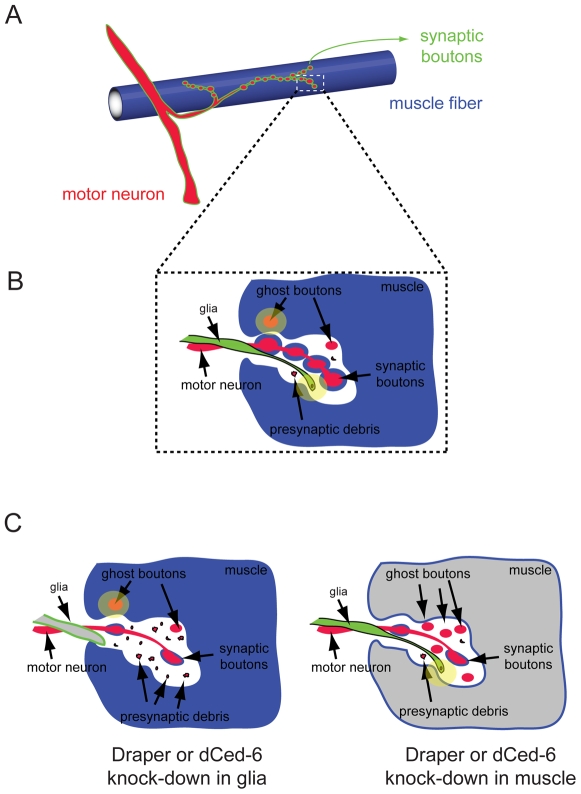Figure 2. Elimination processes at the Drosophila NMJ in synaptic plasticity regulation.
(A) At the Drosophila NMJ, a single arbor from the motor neuron (red) innervates a muscle fiber (blue) and forms synaptic boutons (green), at the site at which the presynaptic terminal of the axon communicates with the postsynaptic site on the muscle cell. (B) A new study from Fuentes-Medel et al. shows that, in response to changes in growth and/or activity, the addition of new synaptic connections with the muscle cell involves significant production of presynaptic debris and ghost boutons. The presynaptic debris and ghost boutons are engulfed and eliminated by glial and muscle cells, respectively (light yellow circles). (C) Knocking down Draper or dCed-6 function in glia results in the accumulation of presynaptic debris, whereas clearance of ghost boutons by muscle cells is intact. In contrast, blocking muscle-mediated phagocytosis causes the accumulation of ghost boutons without affecting presynaptic debris clearance by glia. Disruption of either one of these neural debris clearance processes is sufficient to interfere with proper formation of synaptic boutons and leads to severely compromised synaptic growth.

